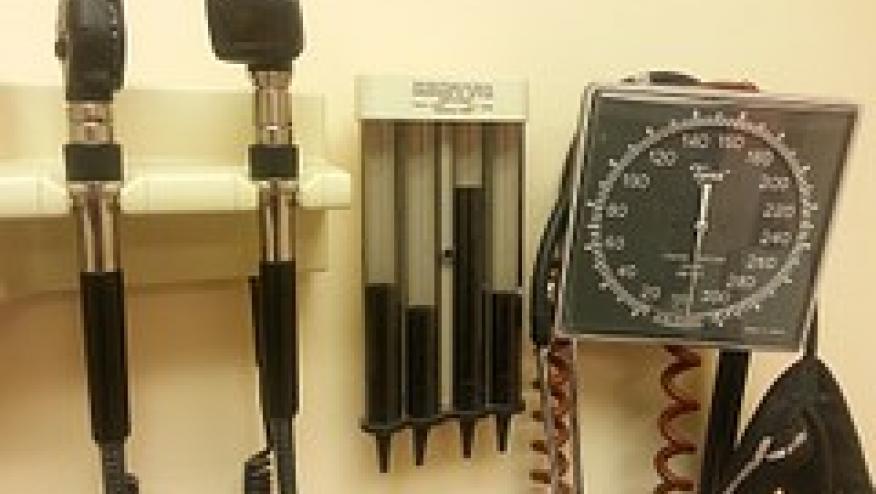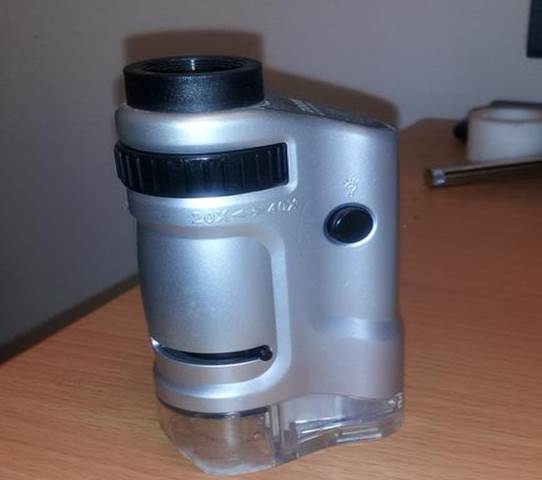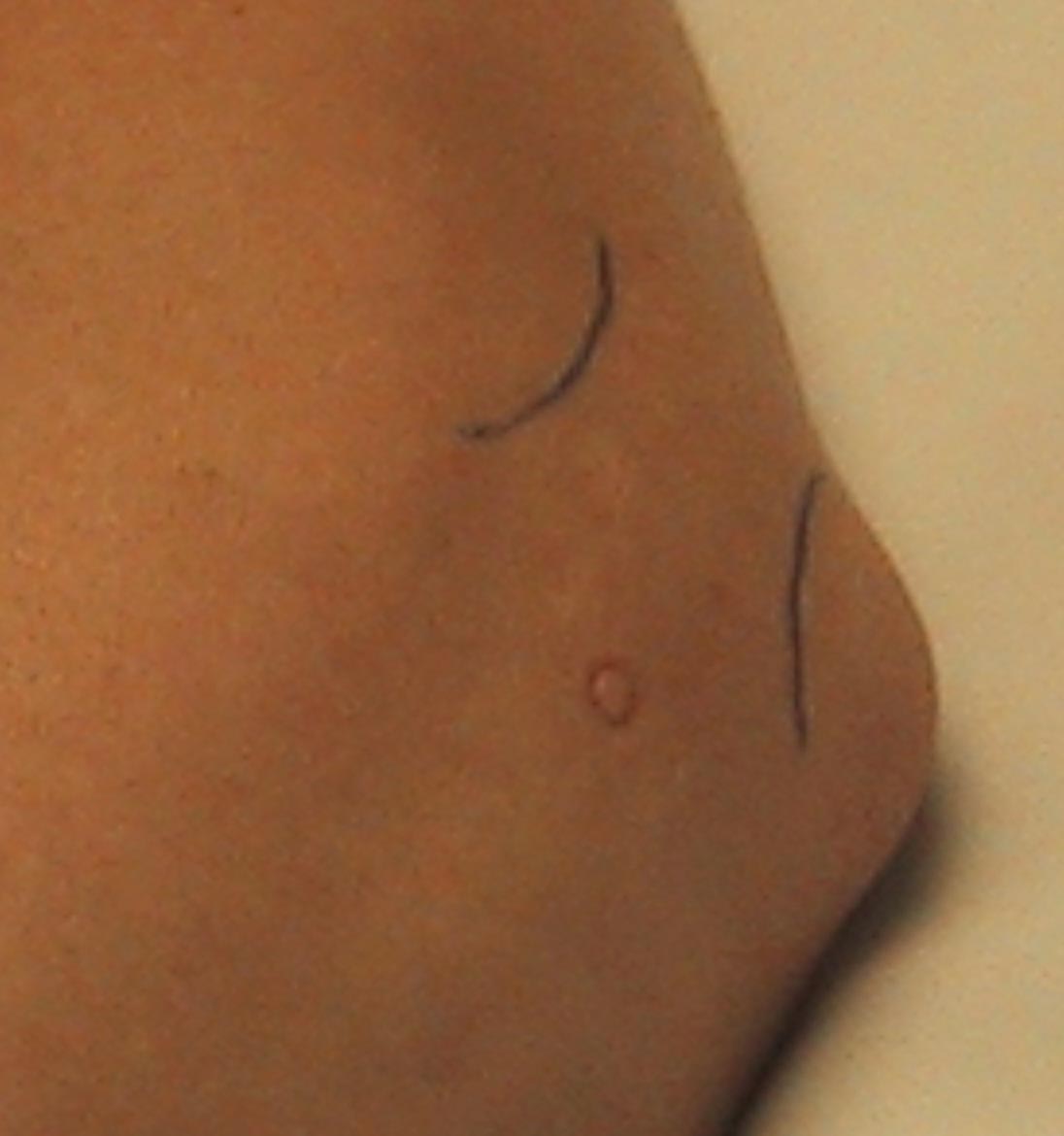Top 5 and Bottom 5 Clinic Tools Save

Ranking is important. We all would like to know where we rank or stand. We have standings in sports, leaders in political polls and best sellers in books. RheumNow leads the way in rankings germane to rheumatologists. Not long ago I ranked my top and bottom 5 joints. It was a riveting treatise on most and least favored joints. Rheums read and debated where and if the zygapophyseal or shoulder joints deserved to stand.
Many more requests have been made for top and bottom 5 lists. The RN editorial board has commissioned and challenged me to rank and assess "Clinic Tools". Clinic tools herein are defined as inanimate objects needed to do the job. Rheumatology is a cognitive discipline, but rheums do not live by their wits and cytokine blockers alone. We need tools, equipment and material goods to be the diagnostician, communicator, and technical wizards that triple-threat rheumatologists propound to be.
The following Top5/Bottom5 list represents the views of the author and does not represent the views of the RheumNow editorial staff, faculty or other prescribing rheumatologists worldwide.
My Bottom 5 Tools.
5. Fax Machine. Sure it can do 33 pages a minute, but that just quickens the receipt of the denials, signature request, ineligible physical therapy notes, and uninterpretable ophthalmologist hieroglyphics. What's sad and costly about the fax is that it becomes the final common pathway for unrequested nephrology updates on Mrs. Blank – 31 pages of EMR generated listings, things never asked, nor checked, useless labs (fractional excretion of what?) AND not a human thought or new therapeutic plan to be found. This is the favored tool of the pharmacy; it is so effective that 73% of my patients are calling and wondering why we haven’t approved the faxes sent by the pharmacy. Faxes should only exist if they would print money with each page received.
4. Exam Table. There are two issues here: 1. Size and 2. Use. First, most exam tables are useless. Designed and built with the Edsel, these raised metal pedestals were built so the standing doctor could do his exam on the seated or lying patient. Forget that the elder, vertebrobasilar-insufficient, arthritic patient has to climb and navigate to the seated position via a metal step the size of a phone book. These monoliths are just dangerous, neurosurgical experiments in progress. (Remember “GOMER goes to ground?”). Second, if you walk into the exam room and the patient is on the exam table you either have: a) insufficient seating; b) a sick patient or c) a lying/sleeping/curled up rough hour ahead. I only need an exam table to do limited clinical skills and occasionally for joint aspiration or injection.
3. Joint tray. Great idea – have all the vials, needles, and goodies needed for a quick procedure – except it’s never quick, the tray is lacking the one thing you can’t find or is not available when you most need it. While joint procedures are a useful part of our practice, they are a time killer if you decide to do it “while the patient is here”. In such instances, the joint tray becomes your accomplice to poor time utilization and probable undercompensated efforts.
2. Goniometer. More of a ninja tool for the bygone rheumatologist, these metal or plastic oddities can be found in the bottom of drawers or closets or may be used to cut slices of pizza. We do need to document the deficit in range of motion and of course we are all accurate when then angle is 0, 45, or 90 degrees. In between ranges require a goniometer – yet we still guestimate and do just fine. Even if there are newer and better methods (including laser pointer techniques, digital inclinometers and smartphone goniometers), my eye ball estimates are all I need to tell abnormal from normal and improvement or not as I am my own semi-calibrated expert.
1. ICD-10 codes. Yesterday was my first day with ICD-10. It was a Y2K nightmare come true. Office personnel were fending for themselves and the playbook was nowhere to be found. This gal had a plan and cheat sheet, that guy was making the patient fit the code and yet another (me) haplessly resorted ICD-9 codes and relied on the kindness of clerks. This is clearly a debacle, designed by over-titled and upwardly self-promotional administrators out to empower pin-head bean counters whose aim is squeeze as many medical dollars as they can from patients and physicians – the two parties who have no interest or gain from this coding folly.
My Top 5 Tools
5. Electronic Medical Record. Much maligned and also the tool of the devil medical administrator, the EMR is a necessary evil. Sure you can’t stand them, can’t live without them and can’t shoot them, but your EMR has either made you better or made you slower. If it made you slower, don’t worry, you were just born a generation or two too late. For me, it has clearly made me better. I’ve programmed my cheap, inefficient and intermittently frustrating EMR to write template driven, GUI menu written notes, it has advantages in research, remote access to patient care, refills, and patient and colleague communications. I give printed notes and med lists to my patients and instruct them to be the expert of themselves and be the vectors of medical record dissemination. If my EMR goes down, well, oh my…it’s almost as devastating as losing my IPhone.
4. Handheld microscope. My partner found this at the Container Store, in a bin labeled child’s microscope, at a cost of $7 each. (You can buy online here for $12). We use these for nailfold capillaroscopy with amazingly good results. Small, indestructible, runs on batteries – I wish I could say the same for my personnel.
3. Stethoscope. It is the doctor's calling card. Hard to tell these days as doctors don’t always wear white coats or ties or even photo-ID badges. But with a stylishly slung Littman about the neck, many doors can be opened. If used keenly it does allow for a higher level of billing, if not a new found murmur or bruit. Borborygmi were once fun, but who has time for fun?
2. Smartphone. This has become an invaluable tool in daily patient care. It takes pictures, allows me to quickly query consultant peers via texting, allows for EMR access remotely. Epocrates and other tools are frequently employed daily in clinic (pill pics, doses, etc.). It’s also a calculator, disease activity calculator and a flashlight.
1. Metal tip Pen. Despite the digital age, a great metal tip pen is my sword. With this tool I save the day, clear the inbox, fill prescriptive needs, open taped packages, and sign well deserved “get well soon cards” (apparently I’m not easy to work for). Lastly, the unretracted metal tip is the best anatomic guide to arthrocentesis.

Did I miss anything critical? Is your list like mine? Care to disagree about anything? I'd like to hear your thoughts in the comments below.










If you are a health practitioner, you may Login/Register to comment.
Due to the nature of these comment forums, only health practitioners are allowed to comment at this time.